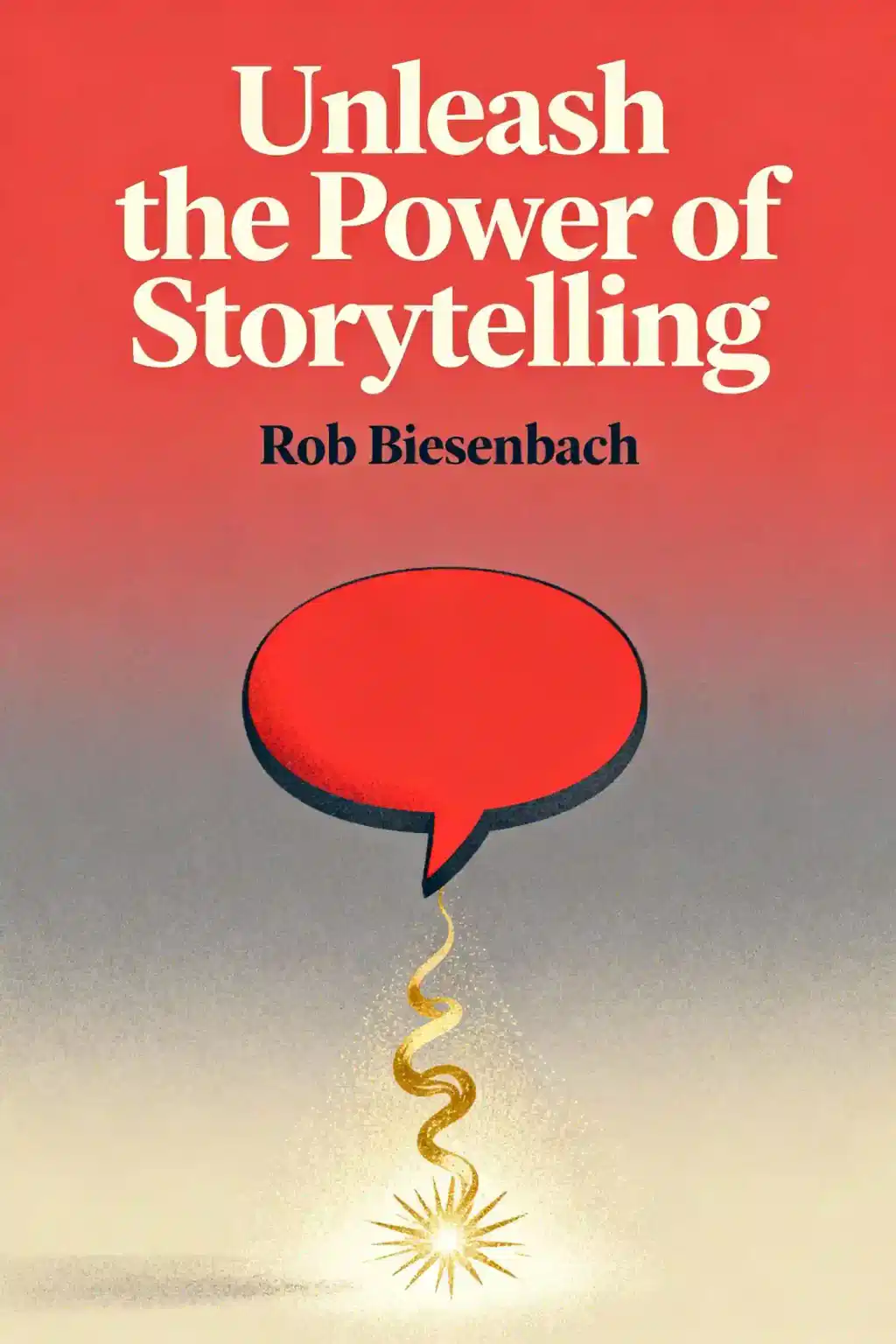What is
Storytelling with Data by Cole Nussbaumer Knaflic about?
Storytelling with Data teaches a 6-step framework to transform raw data into compelling visual narratives. Cole Nussbaumer Knaflic emphasizes eliminating clutter, focusing attention strategically, and using storytelling principles to persuade audiences. The book combines data visualization best practices with real-world examples from her experience at Google and Fortune 500 companies.
Who should read
Storytelling with Data?
This book is essential for analysts, managers, marketers, and anyone who presents data-driven insights. It’s particularly valuable for professionals seeking to improve decision-making, secure stakeholder buy-in, or advance careers through clearer communication.
Is
Storytelling with Data worth reading in 2025?
Yes – its principles remain timeless despite evolving tools. The 2025 edition includes updated case studies on AI-driven analytics and remote collaboration scenarios. Over 500,000 professionals globally have used its methods to enhance reports, pitches, and data-literacy training.
What are the 6 steps in
Storytelling with Data?
- Understand context: Define audience needs and decision requirements
- Choose visuals: Match charts to data types (bar > pie)
- Eliminate clutter: Remove non-essential elements
- Focus attention: Use color and positioning strategically
- Tell a story: Structure with beginning-middle-end
- Practice: Refine through iterative feedback
What is the "data fashion victim" concept in the book?
Knaflic warns against prioritizing complex or trendy charts over clarity. A "data fashion victim" uses 3D effects, excessive colors, or radial graphs that obscure insights. The solution? Default to simple bar charts and line graphs unless complexity adds clear value.
How does
Storytelling with Data compare to Edward Tufte’s work?
While Tufte focuses on theoretical design principles, Knaflic’s book offers actionable business frameworks. It’s more practical for corporate environments – 78% of surveyed readers implemented changes within 3 months vs. 42% for academic-focused texts.
What are key quotes from
Storytelling with Data?
- “Your audience is the hero – your data merely their guide”
- “Simplicity is the ultimate sophistication in data design”
- “Never make a chart you wouldn’t want to explain at 3 AM”
Does
Storytelling with Data address common visualization mistakes?
Yes – Chapter 3 dissects 12 frequent errors like misaligned axes, improper scaling, and "rainbow color" misuse. Case studies show how correcting these increased proposal approval rates by 30-60% at companies like Intuit and Pfizer.
How can teams implement these concepts?
Knaflic recommends weekly “data storytelling labs” where members present 5-slide decks using the 6-step method. Google teams using this approach reduced meeting times by 25% while improving consensus-building metrics.
What criticisms exist about
Storytelling with Data?
Some academic reviewers argue it oversimplifies statistical rigor. However, 92% of corporate users in a 2024 survey said the trade-off between precision and clarity was appropriate for business contexts.
How does the book handle AI-generated visualizations?
The 2025 edition adds a chapter on “Human-AI Collaboration,” teaching how to audit algorithmic suggestions and inject narrative purpose. It warns against letting tools dictate story structure – a key differentiator from auto-generated reports.
Why is
Storytelling with Data relevant for career growth?
LinkedIn’s 2024 Skills Report lists data storytelling as the #3 in-demand skill across industries. Readers report 23% faster promotion rates after applying the book’s framework to presentations and executive briefings.














